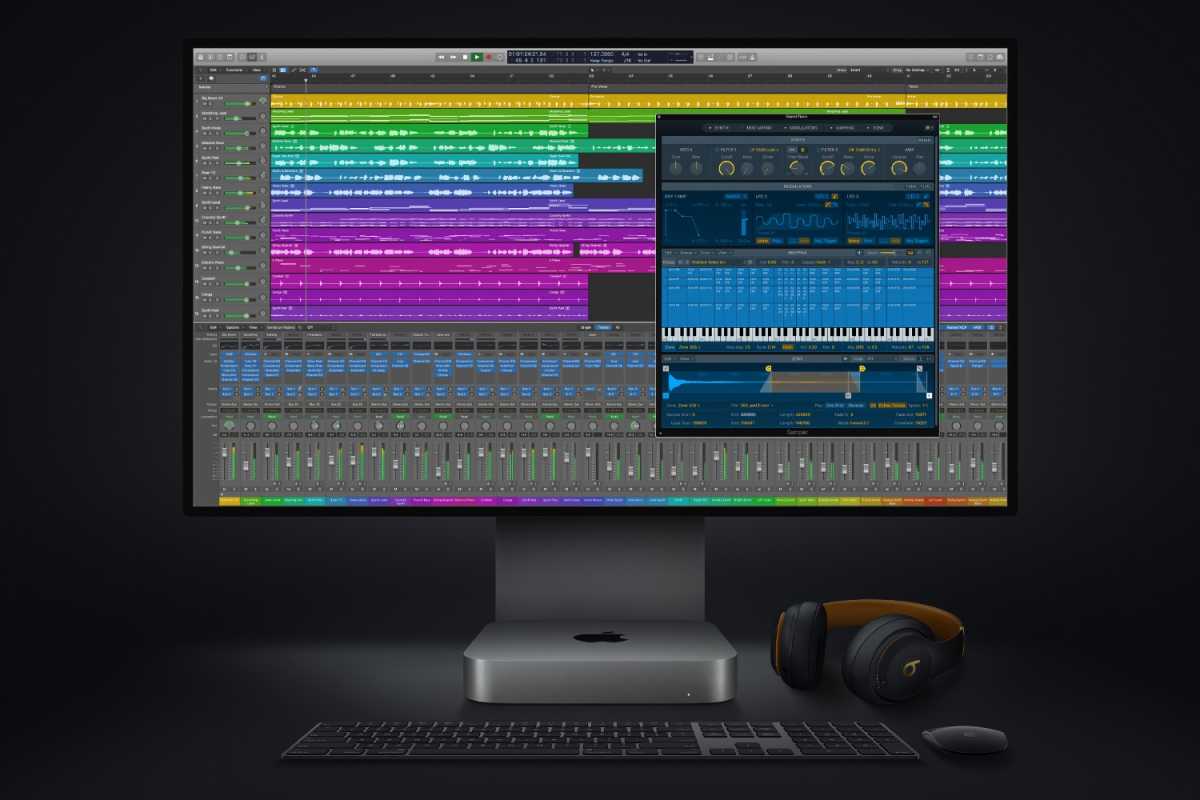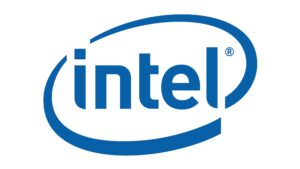How the M1 Pro and M1 Max open up a world of possibilities for the Mac
[ad_1]
The other shoe has finally dropped.
Eleven months after the release of the first M1 Macs ushered in the Apple silicon era for the Mac, Apple has addressed how it plans to serve the needs of users for whom iPad-level performance, impressive though it might be, just isn’t enough.
With the announcement of the M1 Pro and M1 Max, Apple has connected the dots and revealed two new chips that propel the MacBook Pro to new heights. Two connected dots make a straight line–and that line points to the future of the Mac. Here’s a look at what might be coming next.
Pushing the Pro
It seems obvious that the M1 Pro and M1 Max chips are destined for computers beyond the 14- and 16-inch MacBook Pros. Even though they’ve been engineered for a laptop’s power envelope, they’re so powerful—faster than the Mac Pro!—that they’ll fit well into almost any desktop computer Apple sees fit to make.
Let’s start with one of the last Intel Macs still standing: the 27-inch iMac. Earlier this year, Apple tapped its fairy wand on the 21.5-inch iMac and turned it into a 24-inch M1 model. The 27-inch model is rumored to be heading toward a new life as a 30-inch model, and given the high-end Intel chips available at the top of the iMac line, it’s hard not to see at least the M1 Pro going into a new, larger iMac.
An M1 Pro seems like a perfect fit for the replacement for the 27-inch iMac.
Apple
The M1 processor is limited both in RAM and in terms of ports, and a larger iMac needs both. For years now, Apple has seen an increasing number of professional Mac users (I’m one of them!) gravitate toward the larger iMac, which has provided them some pretty impressive processors and graphics cards at high-end configurations. (There’s a reason that the current 27-inch iMac Pro has two Thunderbolt 3/USB-C ports, four USB-A ports, and an SD card reader!) As a result, the M1 Pro seems like a perfect fit for a larger iMac.
If Apple can fit the M1 Max and its 32 GPU cores in both the 14- and 16-inch MacBook Pros, it can also fit inside an iMac. When it comes, I would expect that the new, larger iMac will be available in a base model similar to the base model of MacBook Pro–an M1 Pro, perhaps with similar reduced CPU and GPU core counts. But higher-end configurations will abound, probably matching all of those offered on the MacBook Pros.
With such power, Apple could brand the larger iMac as an iMac Pro. Or perhaps Apple will reserve that name only for high-end iMac models with the M1 Max. Or Apple could keep it simple and call it the new 30-inch iMac. But whatever it’s called, I expect that the new iMac will be available in a configuration with a 10-core M1 Max processor with 32 GPU cores and 64GB of RAM. It’ll cost a lot, but it’ll probably be worth it.
Making room for the Max
The smaller iMac could be in line for a faster chip, too. In the past, smaller iMac models have been configurable to be pretty powerful, if not as powerful as the larger iMacs. I think the question comes down to just how much room there is inside the very thin 24-inch iMac for an M1 Pro motherboard–and if the iMac’s cooling system can keep it cool. It seems possible that Apple might update the 24-inch iMac to offer some new, high-end configurations that use the M1 Pro–but I wouldn’t be surprised if Apple’s more focused on shipping the new, larger iMac right now. In the long run, I wouldn’t be surprised if the smaller iMac gets a more powerful processor as an option–but it might need to wait until the next chip generation.

The high-end Mac mini still has an Intel CPU. It would be interesting to outfit it with a M1 Pro and offer it as a Mac that fits between the M1 Mac mini and the Mac Pro.
Apple
And then there’s the Mac mini. Apple released a new M1-based Mac mini last November, alongside the MacBook Air and 13-inch MacBook Pro. What you might not have noticed is that the old, Intel-based Mac mini–which has more ports and processor power than the M1 version–is still on Apple’s price list! Now that the M1 Pro is here, it feels like a new, higher-end Mac mini is inevitable.
And it is… in a way. Does Apple’s have a bit more ambition for its tiny desktop Mac? The easiest thing for the company to do is use some of the ample free space in the current Mac mini enclosure, jam an M1 Pro motherboard in there, and release a new Space Gray Mac mini model with lots of ports and plenty of power.
A harder trick would be to revise the Mac mini into something new, a mini desktop designed around the M1 Pro and maybe even the M1 Max. Consider it the screenless equivalent to the large iMac–a powerful system that might not replace the Mac Pro, but would offer power to spare for almost any high-end Mac user. There have been reports that Apple has been working on a Mac somewhere between the M1 Mac mini and the Mac Pro. Could this be it? Possibly. But I’d also be fine with an M1 Pro in the old Mac mini case.
Beyond the M1
Clearly there will be more Macs that use the M1 Pro and M1 Max, but what’s next? There are two answers to that question. If you’re wondering where the entire chip line goes from here, I’d expect that sometime in 2022, we’ll see the debut of the M2 processor. We’ll see Apple gradually update all its Macs with even faster chips, probably starting again at the low end with the MacBook Air and 24-inch iMac.
But there’s still that one Intel Mac that’s looming out there, and it’s the hardest one to replace. Since Apple seems committed to its promised two-year window for this chip transition, that means it’s got about a year to create a new Mac Pro. According to Bloomberg’s Mark Gurman, that new Mac Pro would be powered by some monstrous chips, 20- and 40-core models with up to 128 graphics cores.
But if you do the math, you’ll realize something about Gurman’s reported Mac Pro chips: They’re multiples of the M1 Max. That 20-core model is two M1 Max chips working in tandem; the 40-core model is four M1 Max chips. This means we may have already seen the future of the Mac Pro: it’s the M1 Max… multiplied.
If Apple’s numbers are to be believed–and I think they are–then the new MacBook Pro models will prove that Macs running on Apple-designed chips can be put in professional-level systems. They won’t just be as good as the Intel versions, they’ll be better–faster, cooler, and with longer battery life. And more–much more–is on the way.
[ad_2]
Source link







